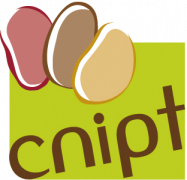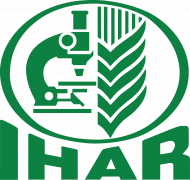This research investigates the effects of two phenolic compounds—chlorogenic acid and rutin—on the crystalline properties, structural interactions, solubility, swelling power, total phenolic content, antioxidant capacity, and in vitro digestibility. Complexes were prepared by adding these compounds at concentrations of 5%, 10%, and a combined 5% mixture (CARU). Changes in crystalline structure were analyzed using X-ray diffraction, and bonding interactions were examined using Fourier-transform infrared spectroscopy (FT-IR). The addition of phenolic compounds, mainly rutin, significantly altered the crystallinity of starch and revealed new interaction bands in the FT-IR spectra. Increasing phenolic content resulted in significant (p ≤ 0.05) reductions in solubility and swelling power. The highest total phenolic content (TPC), ranging from 13.1 to 239.2% GAE/100 g, as well as the highest antioxidant activity, with a Ferric Reducing Antioxidant Power (FRAP) value of 1066.6 ± 1.3 mg TE/100 g, were found in treatments containing 5% CARU. In vitro digestibility showed that phenolic-starch complexes increased resistant starch content, rising from 77.8 to 85.3% in CARU 5%. These findings suggest that incorporating phenolic compounds into potato starch can enhance its structural, functional, and nutritional properties.
Full publication URL















